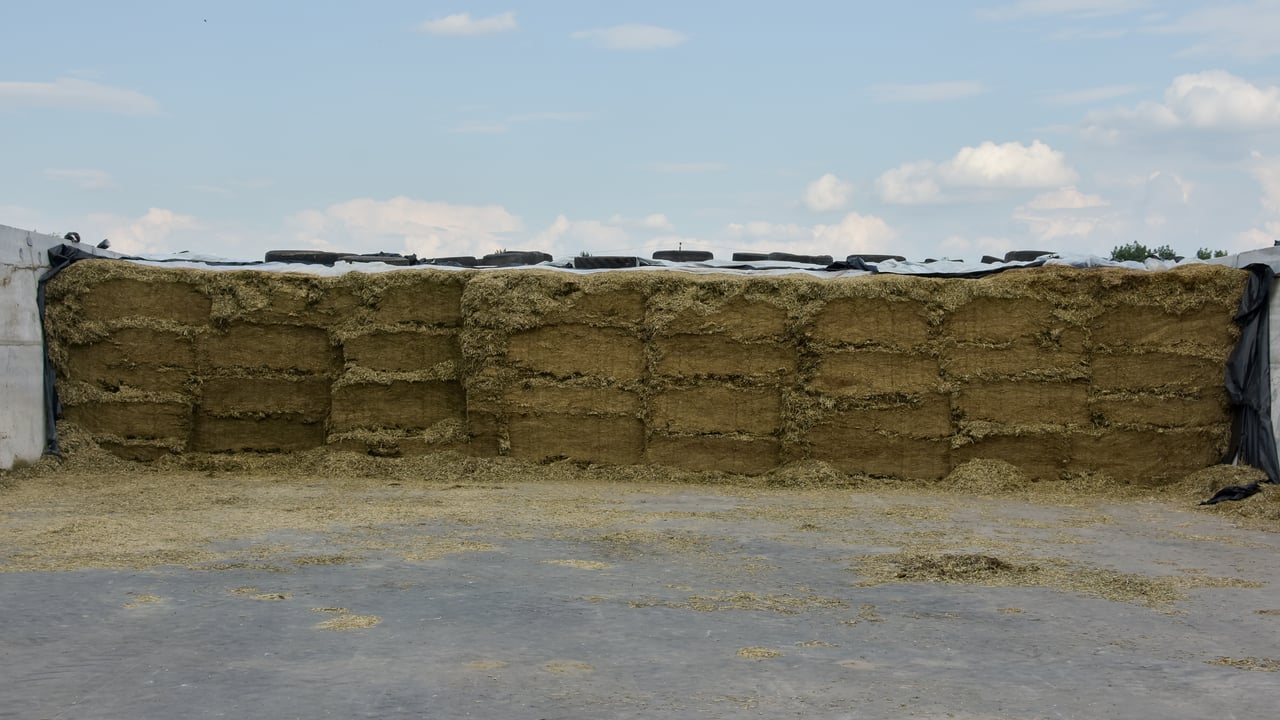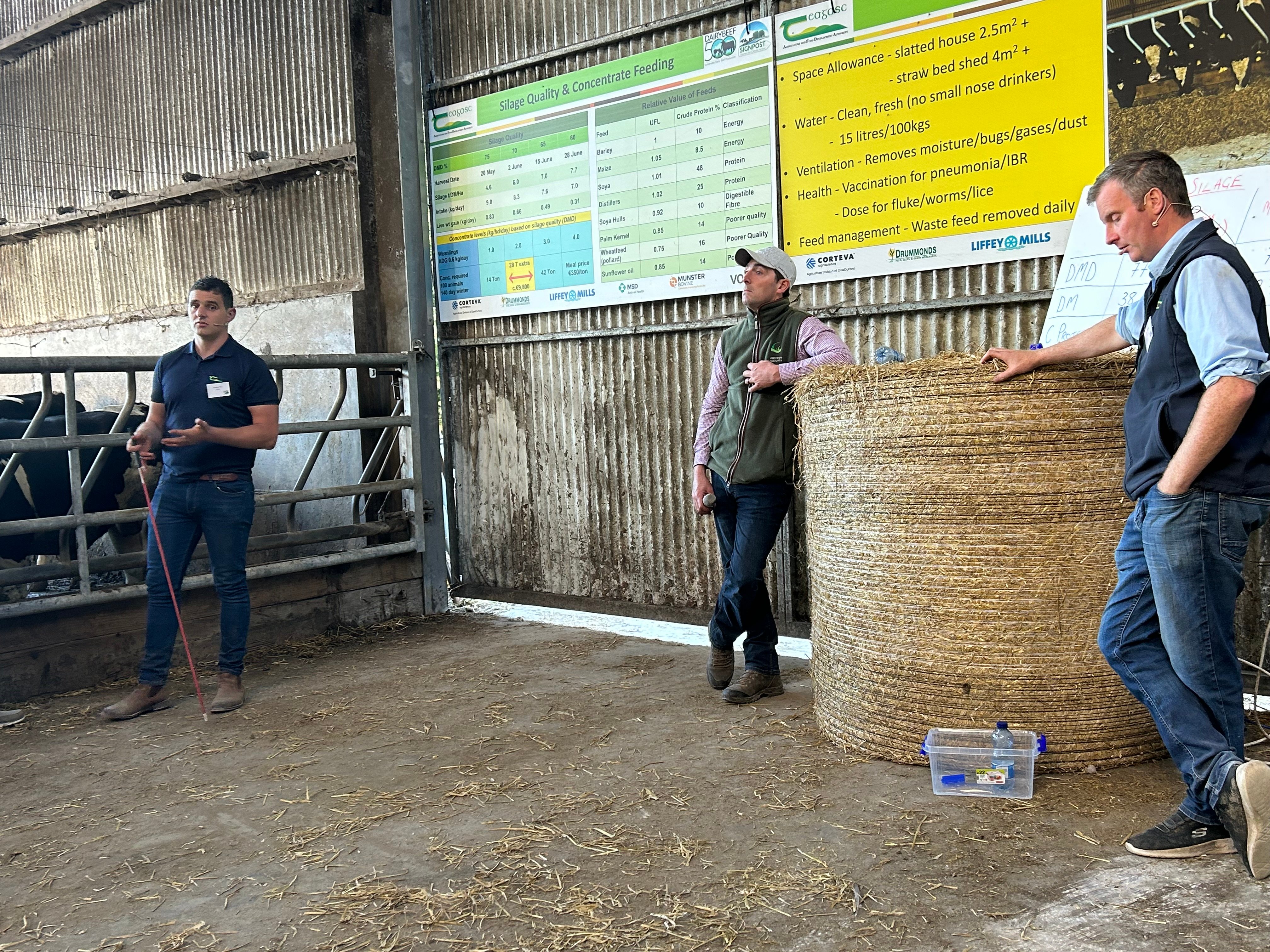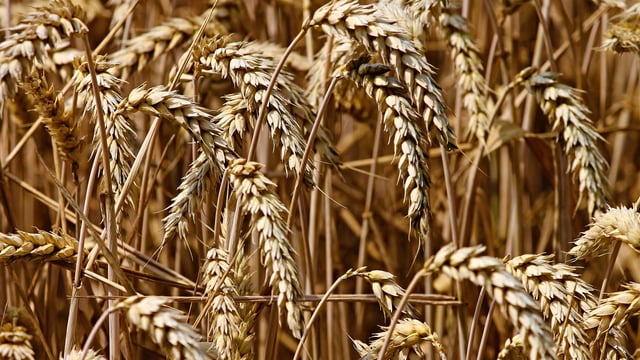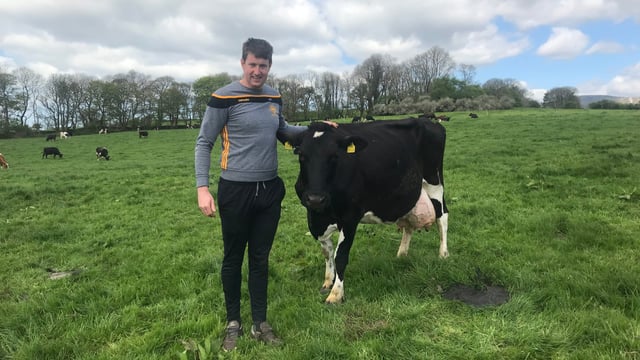Potential to save 28t of concentrates by feeding high-quality silage
The importance of harvesting high-quality silage for dairy calf-to-beef systems was highlighted at a farm walk on Pat Collins' farm recently.
Pat operates a dairy calf-to-beef system on his farm near Castlemartyr, Co. Cork, and has been achieving excellent results.
Using crops grown through the farm's tillage operation and the harvesting of high-quality forage are two of the major factors behind the success.
High-quality silage
The importance of making high-quality silage was highlighted at the farm walk. Tommy Cox from Teagasc highlighted that for farms with 100 weanling calves in a dairy calf-to-beef system, a saving of 28t can be achieved.
Where 75% dry matter digestibility (DMD) silage is present in the yard for 100 animals, 14t of concentrates will be required over a 140-day housed period.
From this silage, the daily intake will be 9kg/day for weanlings, with a liveweight gain of 0.83kg/day.
Cox said that to achieve the average daily gain of 0.6kg/day for the weanlings on this silage, 1kg concentrates, or possibly even less will be required.
But if this silage quality is down at 65% DMD, intakes are reduced to 7.6kg/day and liveweight gain is reduced to 0.49kg/day.
This means that 3kg of concentrates would be required to achieve an average daily gain of 0.6kg for the group.
Advice
The quality of silage currently cannot be changed - with weather conditions this year posing a major challenge to many.
But a focus should be placed on increasing the quality of silage being harvested on farms, with the reduction in concentrate feeding having a potential saving of €9,800 (using the above example as a reference point).
Cox recommends that farmers get their silage tested to determine its DM, DMD, and crude protein - which will allow farmers to formulate a diet.
This will then allow them to determine how much concentrates are needed in the farm's diet.






